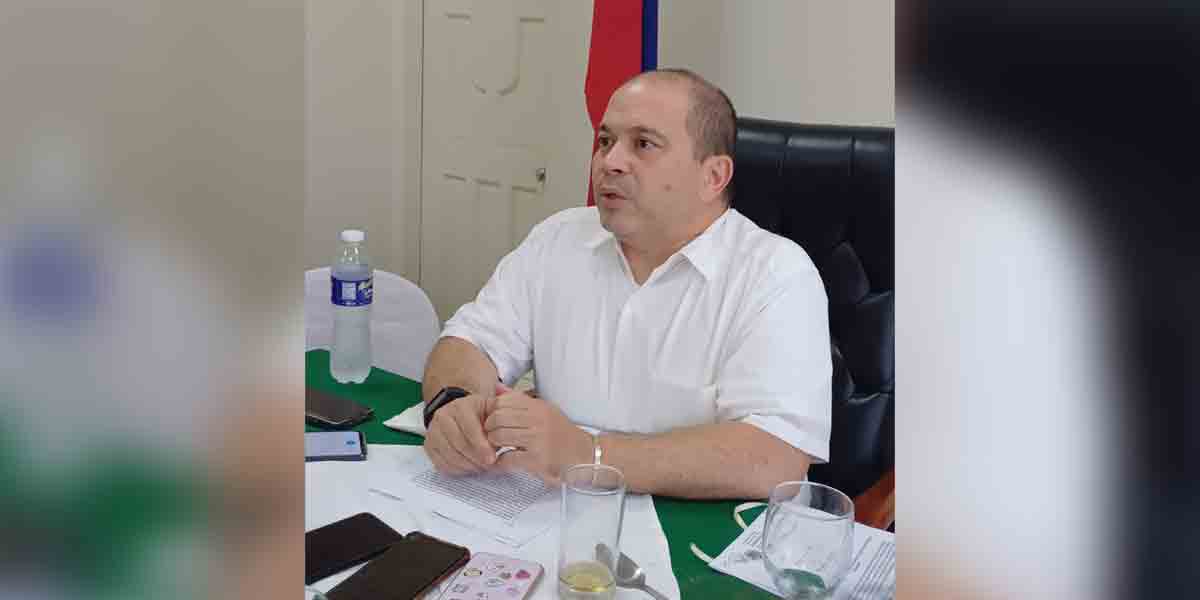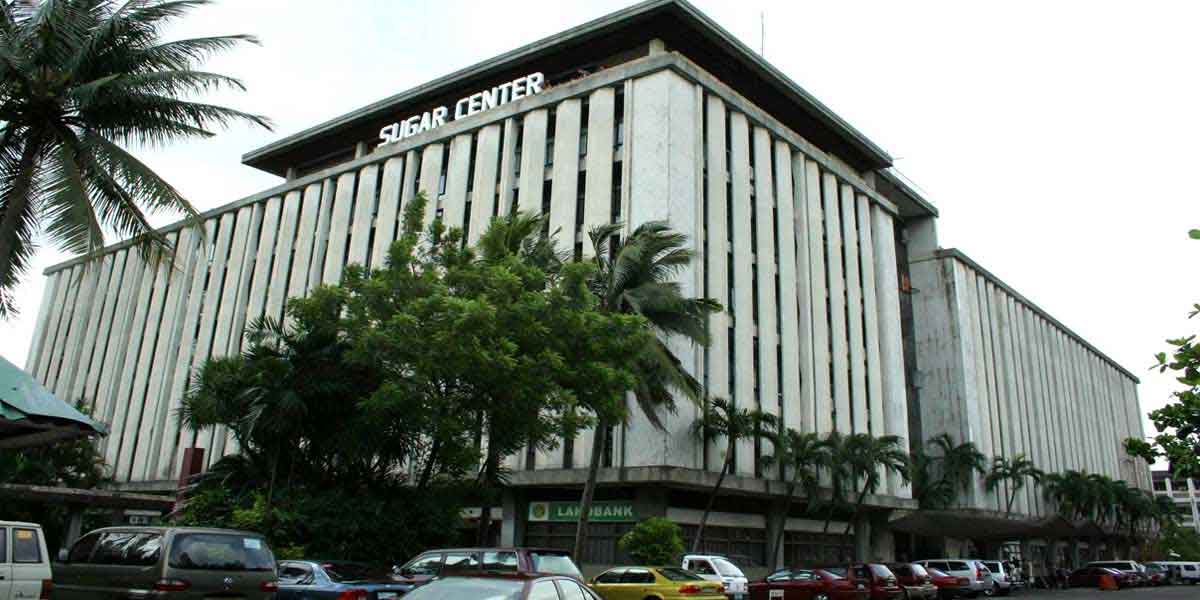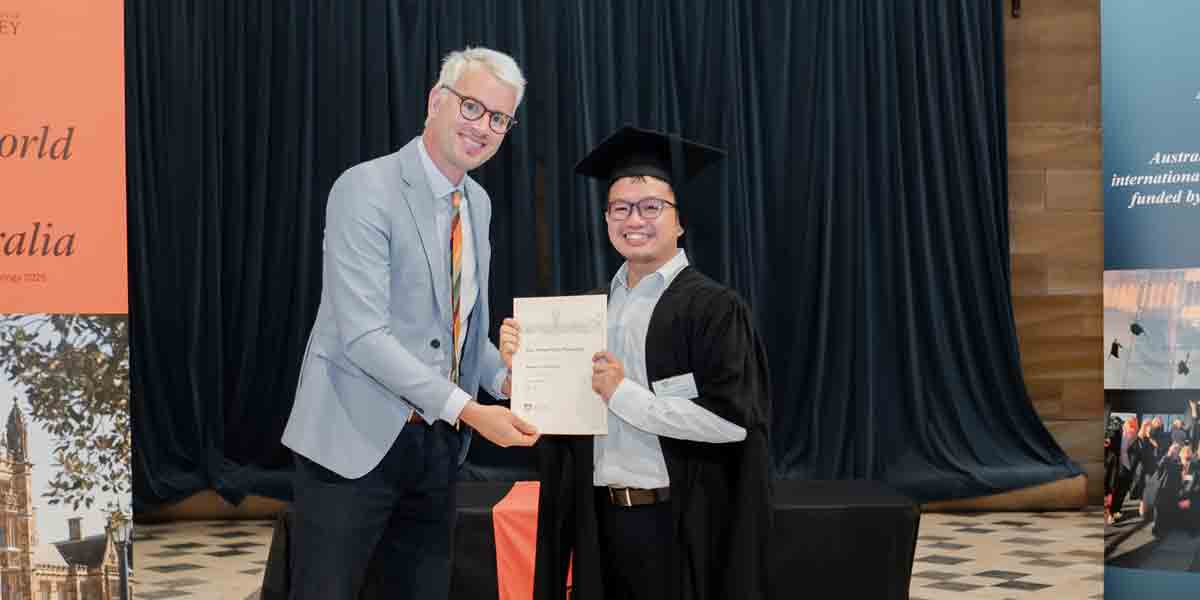By Alex P. Vidal
“It is not all right for Russia to decide Ukraine’s future.”—Antony Blinken
I DROPPED by outside the White House in Washington D.C. at past five o’clock in the afternoon on September 13 and chanced upon seven placard-toting Ukrainians protesting the Russian invasion in Ukraine on their 202nd day.
“We gather here everyday to remind you that Russian missiles rain down on innocent civilians. Everyday Russian missiles are targeting schools, hospitals, day care centers, residential areas, urgent cares, shopping malls, playgrounds, universities,” declared a Ukrainian woman in a megaphone.
I approached them and they noticed I videoed their activity. The speaker, as well as her six other compatriots, were apparently glad we gave them attention.
“We are here to say thank you. Thank you to all of you and to the US Government for all of the support you have provided Ukraine. We say thank you because this support is crucial,” the lady speaker continued.
“This is helping Ukraine fight for its survival. It is helping Ukraine turn the tide of the war. We ask you to continue to stand with Ukraine. Please continue to support Ukraine in its fight for survival. Please continue to remember this war is happening. We ask you to recognize how much the US assistance is helping the Ukrainians. Ukrainians will win the fight for their survival and democracy. USA, thank you for supporting Ukraine.”
One of the protesters was carrying a placard that screamed: “If you ever wondered what you would have done to stop Hitler, you’re doing it now.”
“Would you defend your home? Help Ukrainians defend theirs,” suggested another placard held by a young Ukrainian lady.
“Ukraine is standing for the world. Stand for Ukraine,” read another placard.
-o0o-
The protesters carried both the flags of Ukraine and the United States.
The United States has committed more than $13.5 billion in security assistance to Ukraine since January 2021. The equipment the United States provides has changed as the Russian invasion has continued. Originally, the U.S. provided anti-armor and antiaircraft munitions, including the Javelin and Stinger systems.
The United States has provided more than $17.3 billion in security assistance for training and equipment to help Ukraine preserve its territorial integrity, secure its borders, and improve interoperability with NATO since 2014.
The United States has been working with Allies and partners to support Ukraine in their fight for sovereignty and freedom.
The U.S. has provided Ukraine with billions of dollars in security assistance since the beginning of Russia’s unprovoked assault on Feb. 24.
So far, the U.S. has reportedly sent the following weapons to Ukraine:
-High Mobility Artillery Rocket Systems (HIMARS) and ammunition.
-1,500 Tube-Launched, Optically-Tracked, Wire-Guided (TOW) missiles.
-155mm Howitzers.
-105mm Howitzers.
-120mm mortar systems.
-National Advanced Surface-to-Air Missile Systems (NASAMS);
-Phoenix Ghost Tactical Unmanned Aerial Systems.
Following Russia’s February 2022 invasion of Ukraine, the United States embarked on a long-term commitment to provide Ukraine with the tools and equipment it needs to defend its sovereignty. Since that time, more than $14.5 billion in assistance has reportedly been committed to Ukraine.
-o0o-
Part of my itinerary in Washington D.C. is to once again revisit some of the museums of the Smithsonian Institution. In Washington D.C. history, science, art and culture live at these free attractions.
Collectively called the Smithsonian Institution, the world-renowned museum and research complex consists of 17 museums and galleries in Washington, DC, including the National Zoo.
From the origins of man at the Natural History Museum to the future of space travel at the Air and Space Museum (and its even bigger sister facility, the Udvar-Hazy Center), Smithsonian museums are a guide to the most fascinating aspects of our world.
The museum collection contains more than 150 million objects, works of art and specimens altogether.
And the best part: we won’t have to pay a penny to experience it as admission is free at every location.
Smithsonian’s collection of knowledge centers serve as a treasure chest for visitors. The aforementioned Air and Space Museum and Natural History Museum are definitely fanned favorites.
The American History Museum, with its endless array of Americana (read: the Star-Spangled Banner Flag), takes a comprehensive look at our country’s history, and the National Zoo, which features hundreds of species and the cutest panda cub around, Bei Bei, also draw millions each year.
But with the whole Smithsonian lineup at our disposal, it is recommended that we also dig deeper in the District to witness the wonders of Asian art at the Freer Sackler Galleries.
We can marvel at cutting-edge exhibits and Instagrammable architecture at the Hirshhorn Museum and Sculpture Garden, and have our minds blown by the crafty wizardry seen in the art at the Renwick Gallery, located steps from the White House.
(The author, who is now based in New York City, used to be the editor of two local dailies in Iloilo.—Ed)




















